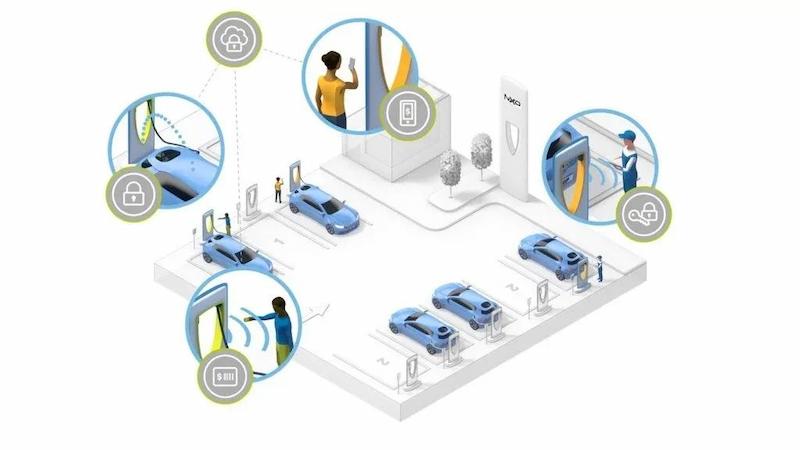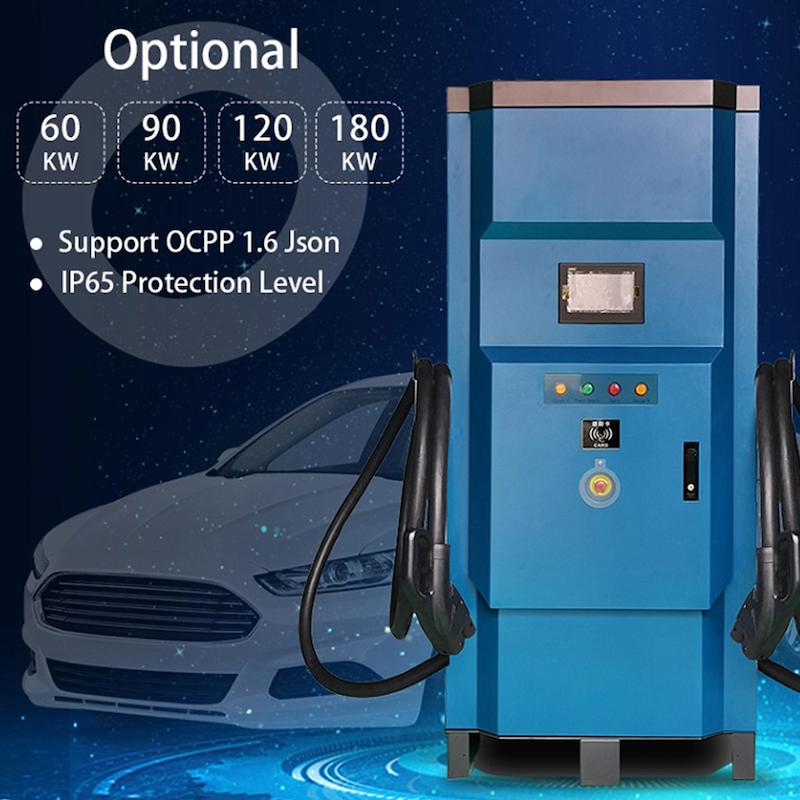Safety challenges and opportunities for new energy EV chargers, a European Union(EU)mandate to only allow new cars to be zero CO2 from 2035, and shareholder pressure and consumer awareness of the climate crisis are accelerating the move to EVs change. One in ten new cars sold in the EU in 2021 will be fully electric, according to the European Automobile Manufacturers Association(ACEA), a 63%increase compared to 2020.
As global electric vehicle efforts accelerate, so too are efforts to create an extensive network of electric vehicle charging stations, comparable to the existing network of gasoline-powered vehicle charging stations. However, this poses a new challenge: how to quickly build a large amount of EV infrastructure without compromising the safety requirements of such systems.
The industry faces several significant hurdles, including how to securely communicate with on-site chargers from the cloud, ensure interoperability, transaction authentication, and protect against counterfeit or unauthorized chargers. Here, we explore these challenges and how they can be overcome by crafting the right electric vehicle charging solutions.
Electric Vehicle Charging Infrastructure Expectations
Society still takes the provision of fossil fuels for granted-despite rising costs, you can fill up your car at any gas station. But at the same time, ACEA noted that there are currently only 374, 000 public EV chargers in Europe, two-thirds of which are concentrated in just five countries: the Netherlands, France, Italy, Germany and the UK. According to the U. S. Department of Energy, there are about 43, 000 public EV charging stations in the U.S., most of them in California.
This is in stark contrast to the estimated demand for EV chargers including the portable DC EV charger. A report by EY and European utilities trade body Eurelectric estimates that Europe will need 65 million EV chargers(9 million public and 56 million residential)by 2035 to handle the electricity that will be on roads by 2035. 130 million electric vehicles. In the US, McKinsey estimates that the country will need 1. 2 million public charging points by 2030. This means that a lot of charging infrastructure needs to be built.

Despite the EU's successes, such as promoting a common EU plug standard and improving access to different charging networks, the European Court of Auditors noted that the availability of charging stations varies by country, payment systems do not align with minimum requirements, and user information exists insufficient.
There is also an issue of interoperability, especially for the deployment of ultra-fast, high-power DC charger networks primarily associated with specific car brands. (A small but growing number of high-voltage DC charging points are available, which can provide much higher charge levels than AC charging points, reducing charging times. )
Transaction authentication
As with traditional service stations, drivers are generally expected to be able to charge wherever they find a point and receive a bill at the end of the month, or to charge through a point-of-sale terminal.
Here, data protection and secure connections are essential to enable toll management and secure automated billing. In particular, the industry needs secure data transactions and device authentication for standard charging through one provider, rather than fast charging through "luxury" providers, which often charge premium prices.
For the first time
The good news is that to avoid unauthorized access, EV charging stations can be unlocked using industry-standard near-field communication(NFC)-based security protocols. These can be credentials such as physical smart cards or smartphones and can be aligned with other smart city applications, such as parking and public transportation. For example, the smart card solutions provided by NXP have been verified in hundreds of cities around the world, and have the advantages of high security, privacy, portability and convenience.

The inclusion of secure elements in EVSE to comply with industry standards such as ISO 15118 for vehicle-to-charger communication or calibration laws(e. g. Eichrecht, Germany)is also important. For example, NXP’s latest EdgeLock®SE05x family of embedded security solutions offers enhanced Common Criteria EAL 6+and FIPS 140-2 certified security for robust protection against the latest attack scenarios. At the same time, the connection points remain secure and easy to use. It also acts as a security enabler for the entire value chain, providing communication between EVs, EV charging stations and the cloud.
In short, it simplifies key and credential management for OEMs and service providers and provides certified, future-proof security that can be easily updated in the field. Therefore, NXP offers the EasyEVSE EV charging development platform to accelerate the establishment of a secure connection between an analog EVSE and cloud services.
In conclusion
Driven by consumer demand and government policies, the electric vehicle industry such as the Max Power Electric is growing rapidly. Therefore, the most important measures that need to be taken to make an EV charging station safe and easy to use are high levels of efficiency, accuracy, interoperability, connectivity and security.